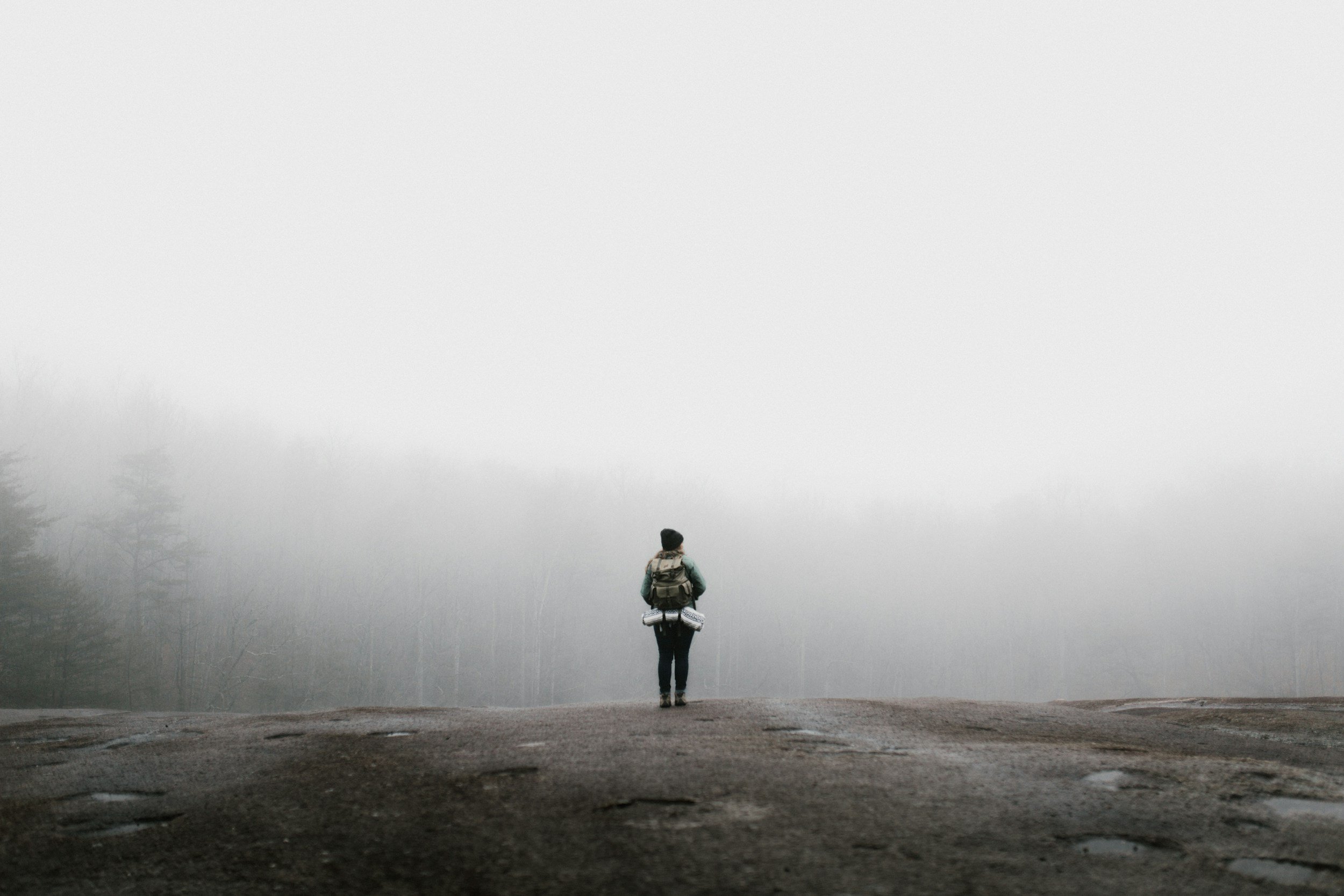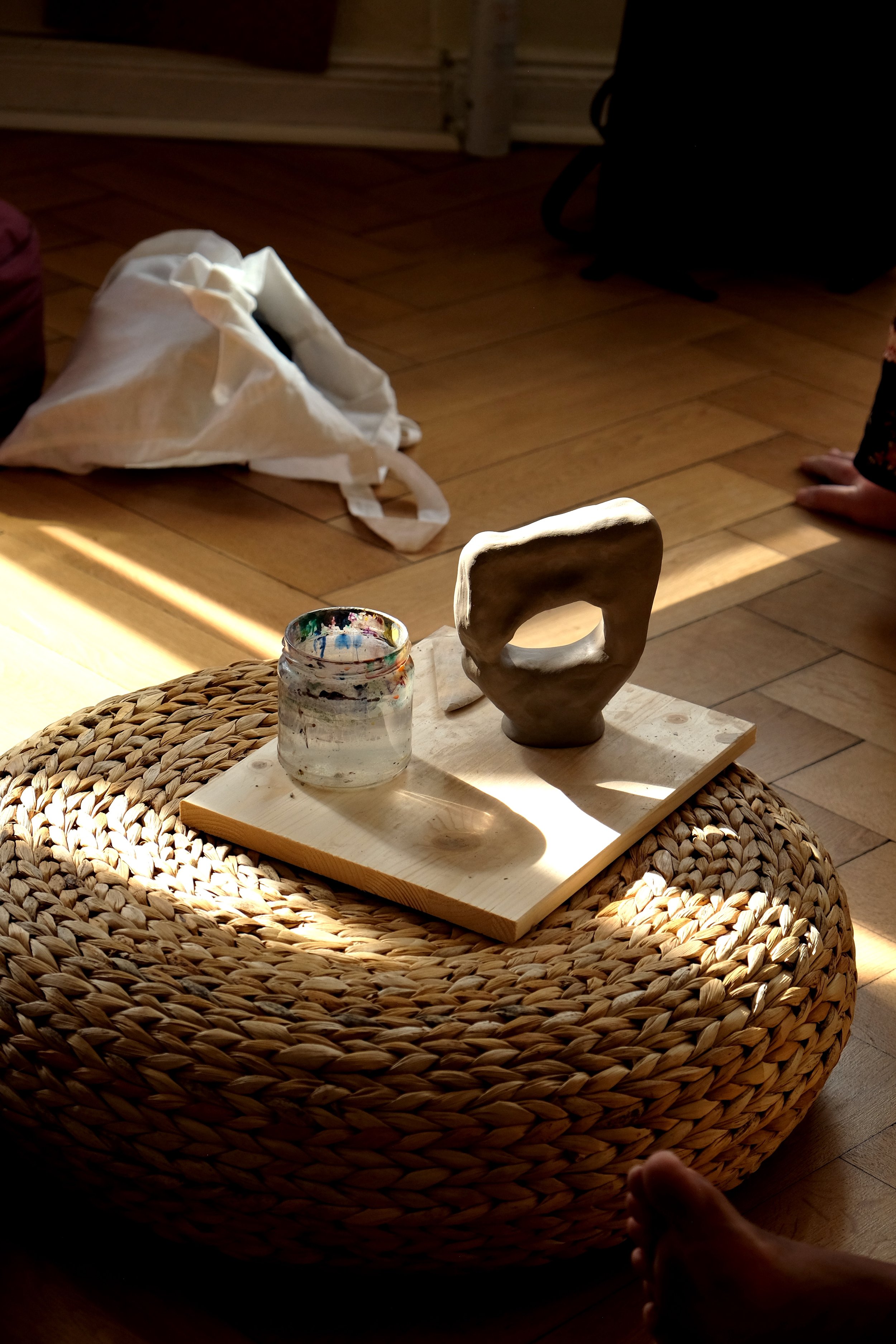Winter Depression and Art Therapy
What happens after New Year's Eve?
Does this sound familiar?
Symptoms of winter depression
What causes winter depression?
How can Art Therapy help?
You are not alone
Good news!
Winter depression is a very common mental health issue. Winter can be sad and dark. Here's an explanation why you might feel depressed in winter time and how Art can help you deal with those emotions and the lack of energy.
What happens after New Year's Eve?
We all know this feeling when we enter the new year full of hopes and ideas about who we want to become and what we want to achieve and then when January unfolds all of its greyness and cold, we fall back into old habits and even worse: lose our drive to thrive.
Does this sound familiar?
Within the ongoing restrictions regarding the pandemic winter can seem even more depressing, lonely and dark. Staying indoors for a long period of time without social contact can make you lose sense of time and meaning. And a look out of the window reveals the terrible truth: You are not even missing out. With nothing to do and nowhere to go… there’s also no reason to get up. Does this sound familiar? Then you may suffer from SAD/ seasonal affective disorder, better known as ‘winter depression’.
Symptoms of winter depression
Further symptoms of depressive episodes in winter can be that you’re spending more time on social media, brooding over all of our flaws and the impossibility to reconnect to the optimistic and light hearted person you were when you made all your plan for the new year. You may find it hard to fall asleep at night and even harder to get up in the morning. Very often cravings for carbohydrates, irritability, a loss of interest and feelings of guilt and worthlessness come along with SAD.
People who seem fine throughout the year can, when entering the winter season start developing symptoms of depression and anxiety. But also already existing mental disorders can aggravate and become a lot worse in these times.
What causes winter depression?
But why is that? SAD isn’t fully understood yet but links have been made to reduced exposure to sunlight which affects the hypothalamus and therefor the production of melatonin and serotonin.
Melatonin is a hormone that is involved with the circadian rhythm, hence it affects your sleep-wake-time. In people with seasonal affective disorder it might be produced in higher levels.
Serotonin affects sleep, mood and appetite. It’s production might be lower in people with winter depression, which can cause symptoms of depression. The lower light levels in winter affect your inner clock to a point that influences your sleeping patterns.
How can Art Therapy help?
There are many ways to treat SAD: Light therapy, Cognitive behavioral therapy and lifestyle measures. Art Therapy is a great way to help you through your seasonal depression. Painting, drawing, sculpturing… all of these processes have something in common: Not only do they keep the mind busy but also do they help you connect with your creativity and increase your feelings of self-efficacy. Learning that you can make a difference even in the darkest times has a positive effect on your mood.
Brining colors into winter will also help you get a different perspective on the seasonal changes you’re facing. Artistic creation can help you find beauty in dark times.
Getting into creative action can modify the experienced lack of drive and will energize you. Feeling your inner activity will increase a sense of autonomy and self-consciousness.
Especially art works that involve both hands such as sculpturing or crafting are a great way to ground yourself and disconnect you from negative thought spirals. Sometimes when the outside noise can become very quiet, it’s easy for negative thoughts and emotions to take up that space. Conflicts that usually seem small and like something you can handle may appear bigger than normal and a lot less bearable. Within the creation you can work through all the pressing thoughts and fears that come along with SAD. The art work will make them easier to accept and work through the negatively experienced emotions such as hopelessness, worthlessness or sadness. Especially creating in a group (even if online) reconnects you socially and gives you the feeling that you are not alone.
You are not alone
This is actually the most important part regarding depressive episodes during winter: 9 % of the German population suffer from SAD. So you are in good company. Probably your friends, neighbor, colleague or a family member experiences the same symptoms as you. It is important to reach out to each other and be there for one another. Also there is no shame in asking for help, whether it’s from a friend or a professional.
Please keep in mind, that only every tenth depression that occurs in winter time is considered as SAD. Most of the affective disorders have different causes. Therefor it is important to get diagnosed by a physician or a psychotherapist if you believe that you suffer from SAD to rule out other mental disorders that may require different treatment.
Good news!
Here’s the good news: SAD can seem endless especially in northern European areas where winter can last for several months. But as all other seasons it will definitely end at some point. So don’t forget, that even if these times may be hard and feel intolerable they will end and we will move into spring eventually. Until then remember that you have a great creative force within you that you can unleash at any given moment.









